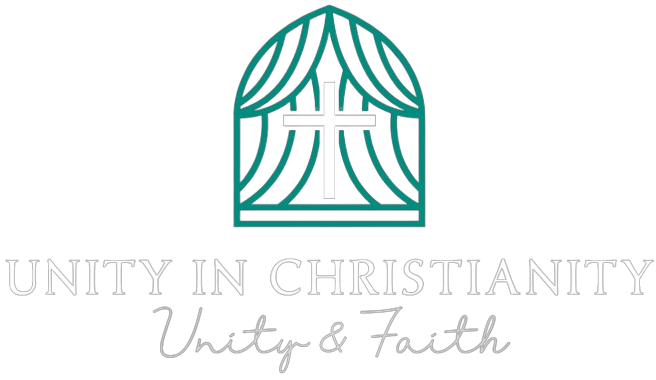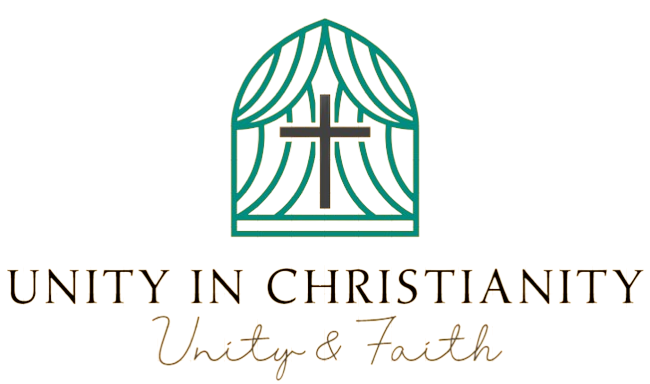A CLASH of views on whether the Church of England should fully outsourcing safeguarding has been playing out online, within the build-up to this week’s General Synod debate on which model of safeguarding to adopt.
A webinar hosted by the Church Times on Wednesday evening saw a split develop between participants, with some supporting “Model 4” — through which diocesan safeguarding staff could be transferred to an independent national body — while others warned of hidden dangers within the plan.
And, in a briefing for Synod members on Tuesday, through which she endorsed Model 4, Professor Alexis Jay confirmed that her transient, in preparing last yr’s Future of Church Safeguarding report (News, 21 February 2024), was explicitly to chart a path to “outsourced” safeguarding.
In the Church Times webinar, a safeguarding lawyer, David Greenwood, said that he was “not a supporter” of Model 3, since it leaves frontline safeguarding staff within the employment of individual dioceses.
This, he said, would depart a “temptation” for “conflicts of interest and protection of the repute of the diocese and individuals to override safeguarding decisions”.
A paper by the lead bishop for safeguarding, the Bishop of Stepney, Dr Joanne Grenfell, outlined the chance of such conflicts of interest, but said that “staff working in safeguarding teams, and people who support them, report no evidence of current pressure from inside the Church to compromise safeguarding priorities and no conflict of interest” (News, 31 January).
This point was picked up by one other of the speakers, the chief executive of the INEQE Safeguarding Group, Jim Gamble.
He commended the independence of the teams that his organisation had audited. “They don’t, within the evidence I’ve seen, park their safeguarding philosophy at the primary pew that they got to and turn out to be indoctrinated in what the Church wants,” he said.
INEQE has published safeguarding audits of nine dioceses, finding improvements in safeguarding structure and culture, though in every case warning of the danger that diocesan teams could find themselves overrun, and recommending investment to extend safeguarding capability (News, 7 February).
Mr Gamble opened his remarks by saying that he had seen evidence of an “improving situation” in church safeguarding.
“I’d prefer to begin from where we’re, not where we were,” he said, referring to significant improvements in diocesan teams since around 2017.
Outsourcing operational safeguarding was not, he argued, the reply to the Church’s problems, and may lead to problems down the road, if confidence was lost in the brand new body.
Mr Greenwood later responded to this concern, saying that it was “hard to see a situation through which an expert body like that might drop the ball so badly that it wouldn’t give you the option to retrieve the situation”, but, if it happened, one other provider could possibly be brought in.
Legal advice received by the diocese of Gloucester which raised concerns about where liability would lie in an independent body in control of church safeguarding (News, 3 February) didn’t present an insuperable barrier, Mr Greenwood suggested.
Mr Gable, nevertheless, said that it was vital for accountability for safeguarding to stay with the Church, in order that it was capable of effect change if safeguarding services weren’t up to straightforward.
“I don’t think that the unintended consequences on this regard have been properly considered,” Mr Gamble said. While he had began the audit process expecting to search out church safeguarding “off kilter”, he had concluded that it was “heading in the appropriate direction” with its existing diocesan model, with evidence of “growing consistency”.
It was a view with which the diocesan safeguarding adviser for the diocese of Chichester, Colin Perkins, agreed.
“You should do safeguarding with the church; you can not do safeguarding to the church,” he said. He suggested that full independence was a “myth”, because, at a parish level, the safeguarding contact point would at all times be someone who was a member of the church.
However, the co-founder of Survivors Voices, Jane Chevous, said that she had surveyed fellow survivors concerning the options facing the Church, and that over 75 per cent favoured Model 4.
Only complete independence of operational safeguarding, including investigation of cases, “would restore our confidence within the Church”, she said.
She raised concerns about how a recent independent scrutiny body could be established, calling for it to be designed by an organisation itself independent of the Church.
Ms Chevous said some survivors were concerned concerning the danger of “good working relationships” on the local level being lost, but that, typically, the sense was that improvements weren’t fast enough and that only a “beefed up” version of Model 4 would “get the survivor vote”.
Mr Perkins was one in every of the 106 safeguarding professionals within the Church who signed a letter on Wednesday, arguing that Model 4 could “increase the chance of harm to children and vulnerable adults” owing to the disruption of the outsourcing process and the creation of additional bureaucracy (News, 5 February).
Addressing Mr Greenwood’s concern that conflicts of interest might prevent diocesan safeguarding staff from doing their job, Mr Perkins said: “If it was true that we were being fettered in our ability to guard children and vulnerable adults, no voice could be louder than ours in support of Model 4.”
The option of fully outsourced operational safeguarding had never been tried by an establishment similar to the Church, he said: “That model doesn’t exist, and there’s a reason for that.”
Mr Greenwood suggested, nevertheless, that the one strategy to restore public confidence was for the Church to adopt Model 4. “This lack of confidence creates the explanation why . . . it must be seen to be doing something,” he said, and accused Mr Gamble and Mr Perkins of being “invested within the establishment”.
It was a comment to which Mr Gamble took exception. As an auditor, he had no “vested interest” within the Church, he said. “My background is safeguarding and scrutiny, and my position comes from evidence: I need what’s best for youngsters and young people and the vulnerable adults who depend on their church communities.”
ON TUESDAY, Professor Jay, the writer of the report that sketched out the trail to independent safeguarding, told members of the General Synod that she supported Model 4, “with some reservations”.
She advanced the shortage of consistency on safeguarding across dioceses as a principal reason for recommending this plan of action.
She confirmed that she had been specifically asked by Archbishop Welby to “devise a plan for a way church safeguarding could possibly be ‘outsourced’ — and I exploit that word in quotation marks, as that’s the word he used”.
The project she undertook was, subsequently, she said, not “a review, nor an enquiry, nor a consultation exercise”.
The proven fact that Professor Jay had not been asked to guage whether independent safeguarding was one of the best course was highlighted in Wednesday’s letter from safeguarding professionals.
“Professor Jay had been asked to supply a roadmap, however the destination — ‘independent’ delivery of safeguarding — was chosen by the archbishop,” they wrote.
Professor Jay’s intervention on Tuesday got here in a web-based briefing for Synod members, given by her and the secretary to the Independent Inquiry into Child Sexual Abuse (IICSA), John O’Brien. Press weren’t invited, however the Church Times has seen clips from the meeting.
Asked concerning the legal opinion received by the diocese of Gloucester, Professor Jay said: “We at all times knew that this was a really complex legal scenario, in any of the choices and definitely for [Model 4], but that doesn’t mean it’s unattainable.”
Mr O’Brien suggested that the legal advice was commissioned in an try to prevent the adoption of Model 4. “If you must discover a strategy to derail this, that’s the type of advice you commission,” he said.
He said that an option for getting around the problem is perhaps to place a trustee of the charity onto the board of the brand new organisation.
Listen to the panelists’ opening remarks at churchtimes.co.uk/podcast


